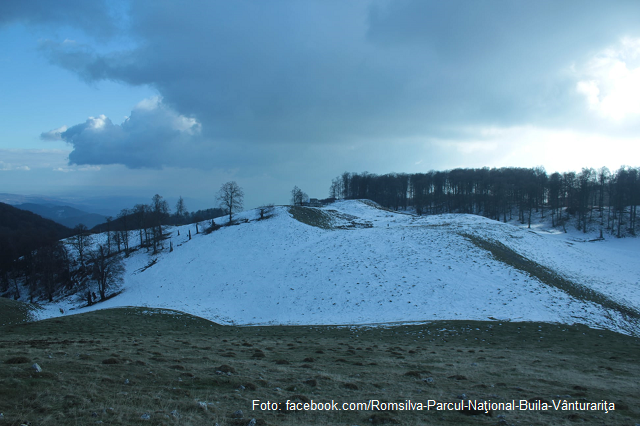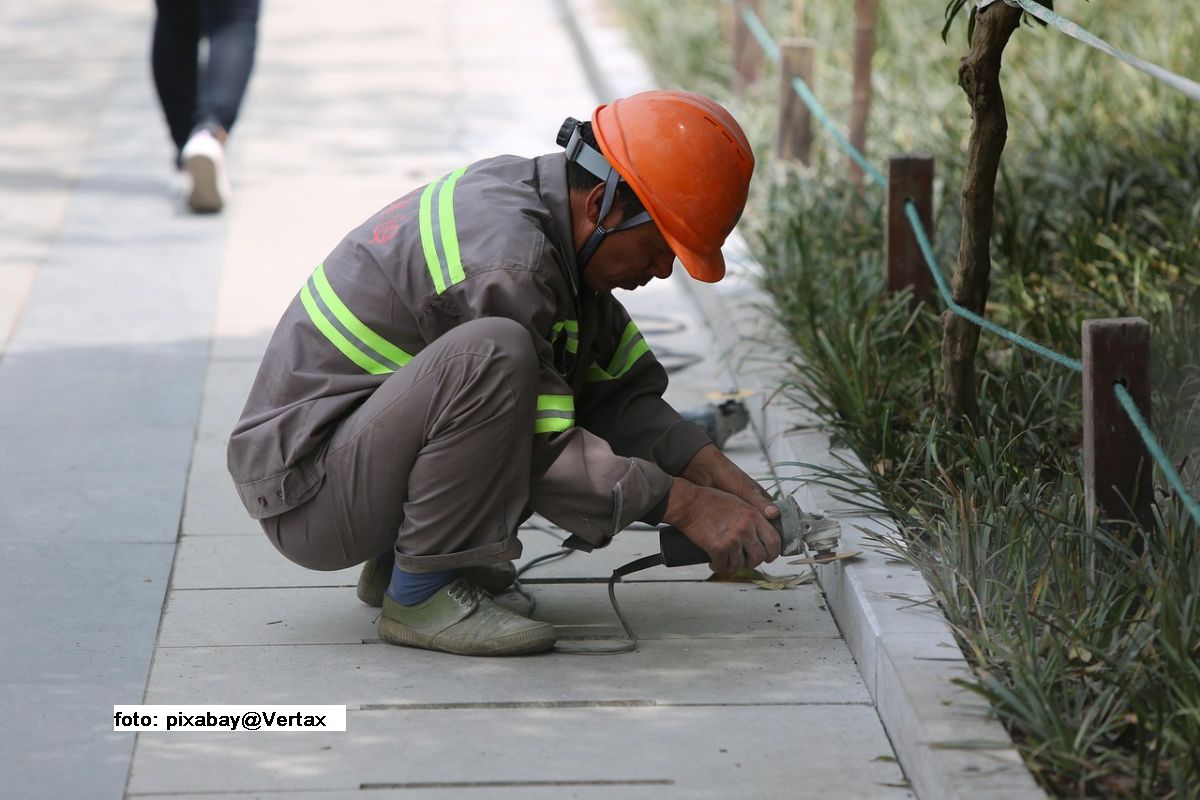Civic participation in UNESCO Geopark development
The UNESCO Geopark concept is a structure that combines sustainable development and ecology.

Christine Leșcu, 29.12.2021, 12:29
A country with beautiful landscapes, a highly diverse flora and fauna and many traditional communities living in mountain areas, Romania has a lot to offer in terms of man and nature harmonization. This is exactly the particularity of the UNESCO Geopark concept, a structure that combines sustainable development and ecology. UNESCO Global Geoparks are single, unified geographical areas where sites and landscapes of international geological significance are managed with a holistic concept of protection, education and sustainable development. A UNESCO Global Geopark comprises a number of geological heritage sites of special scientific importance, rarity or beauty. It must also include important natural, historic, cultural tangible and intangible heritage sites.
Two Romanian projects have submitted their candidacies for this status: Oltenia de sub Munte region and Buzau Land. Candidacies are initiatives that come from the civil society. Florin Stoican, the representative of the Kogayon Association, is one of the people who militated, years ago, for the setting up of the Buila Vânturarița National Park in Vâlcea County. In June 2020 he submitted to UNESCO a letter of intent with the candidacy of Oltenia de sub Munte region, candidacy supported by Romanias National Commission for UNESCO and the projects 60 partners.
Florin Stoican tells us more about Oltenia de sub Munte: “It is a larger area, centered around Buila Vanturarita National Park which is the crown jewel. The park has 4,500 hectares and the geopark is 15 times larger, including six localities in Valcea County, from Vaideeni to Baile Olanesti. It also comprises two small resorts, Horezu and Baile Olanesti and four rural localities. In reality, Oltenia de sub Munte is much larger. It stretches from Olt River to the Danube, but our project focuses on Valcea because the NGO that I work for is a small one and does not have enough resources to handle the entire region. However, we have chosen this name precisely because we wanted it to be an invitation for the project to expand in the future (…) As regards our project at present, on a small area there is a high concentration of natural and cultural attractions. The geopark means geo-diversity and biodiversity, so natural heritage such as landscapes, caves, gorges and so on and also cultural diversity. It is an area with many historical monuments, museums, traditions and local craftsmen. The geopark is trying to include them all in an offer that combines and promotes the area as tourist destination.“
After the letter of intent is submitted, the second step for winning the status of UNESCO geopark is to submit the documents with the projects to be developed in the area, followed by an assessment of UNESCO international experts that spend a week in the region. The entire process will last until 2024, says Florin Stoican, who believes its worth the wait: “There are numerous advantages. First of all, unlike protected areas, where the state imposes restrictions and provides the resources to put restrictions in place, geoparks are areas where sustainable development, based on natural heritage, is promoted. Services and products are developed with local partners, for tourists. While local communities give the heritage their true value, they also come to appreciate and protect the natural and cultural heritage in their area.“
Another region aspiring to the status of UNESCO geopark is Buzau Land, initiated by the NGO with the same name. Razvan Popa, president of the association, tells us more about it: “Buzau Land is made up of 18 communes located north and east of Buzau River. It is a territory that begins right at the Buzau River and includes famous sites like the muddy volcanoes. Also in Buzău Land, near the village of Terca, there is a rare and spectacular phenomenon: the Eternal Flames, natural fires that burn almost ceaselessly, straight from the earth. There is also the area with the salt mines and salt deposits in Mânzelești.“
Răzvan Popa gives us details about the steps taken so far to turn Buzau Land into an UNESCO Geopark: “It is a project that started in 2007, so more than 14 years ago. We had to create local support, and I do not only refer to the political element, which is very important, but also to entrepreneurs and people that actually live here. We submitted our candidacy in 2020. The actual assessment started after that. The file was assessed by a UNESCO commission, and also independently, by a commission of the International Union of Biologic Studies. The latter evaluated the geologic aspects, to make sure we have a territory with natural sites of international interest. The assessment of the sustainability aspects followed. We received two positive evaluations and UNESCO sent two experts on the field, who arrived here in September. They drew up a report and submitted it to UNESCO. The UNESCO Secretariat voted the recommendation to turn Buzau Land into a UNESCO Geopark.“
The official endorsement will most likely take place in March 2022 on when the UNESCO Council meeting is held. (EE)






























